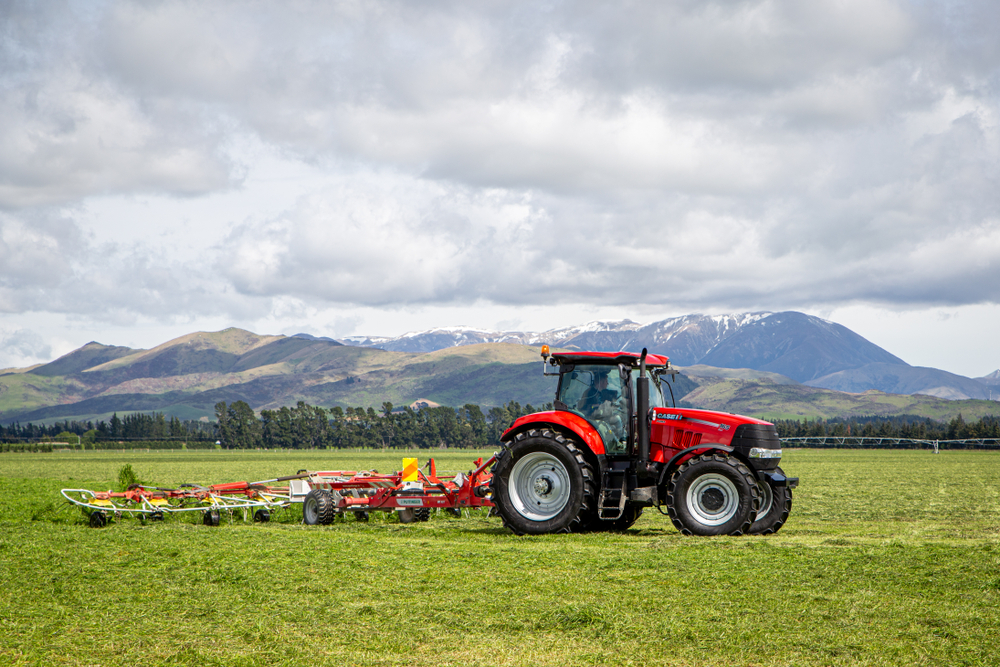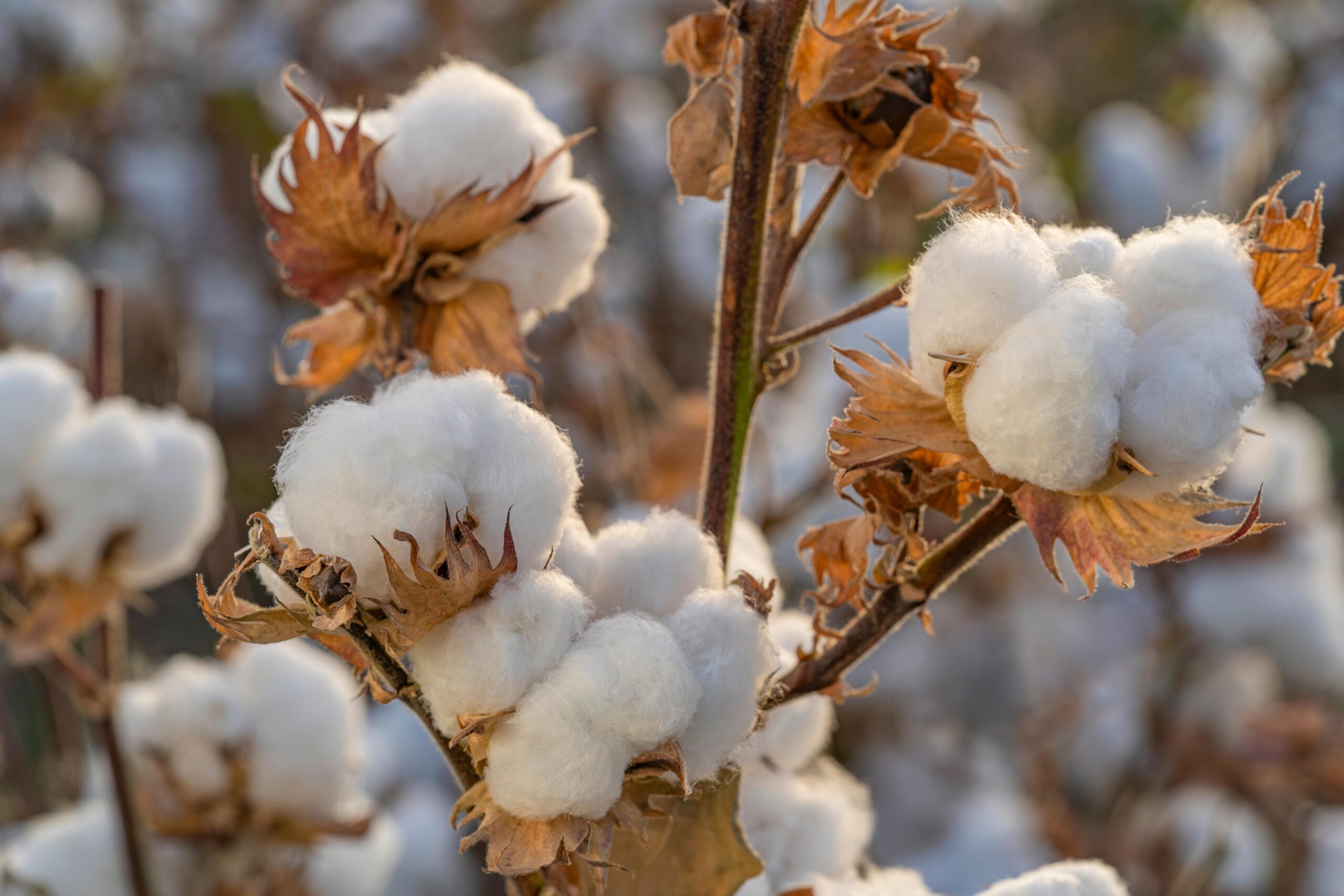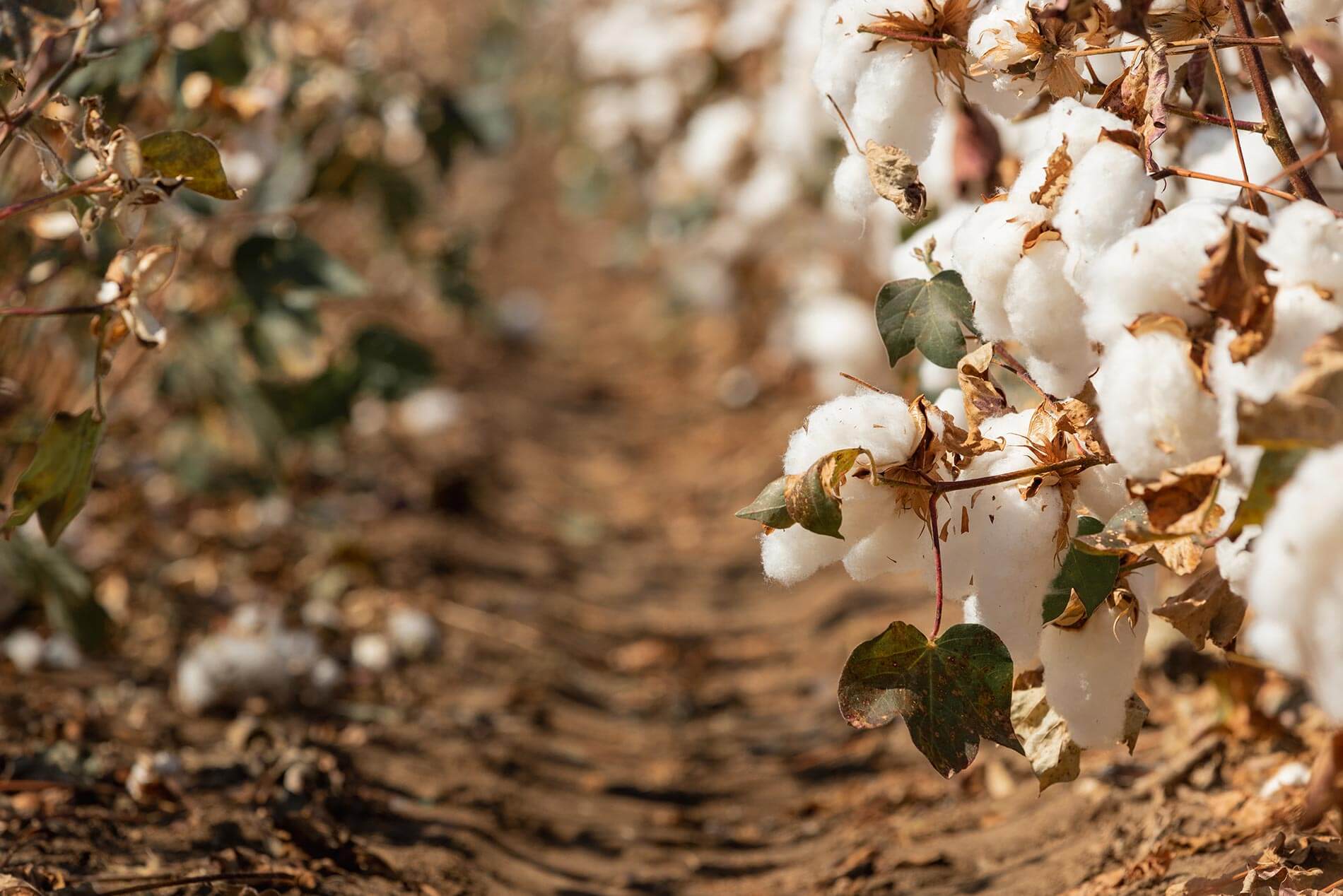Regular maintenance and timely replacement of worn-out parts is crucial when it comes to keeping your John Deere equipment running smoothly and efficiently. This is especially true for cotton pickers, which are subjected to harsh operating conditions in the field. In this blog post, we will highlight the top five most commonly replaced John Deere
READ MOREUncategorized
Exploring the Latest Innovations in Cotton Picker Gathering Wheels
Technology is becoming more innovative every day, and with it comes the latest and upcoming technology in the cotton-picking industry. For the modern-day cotton picker, we will discuss the newest technologies changing the cotton-picking sector, making the industry more efficient. You will learn about the most recent products already on the market for sale and
READ MOREDisadvantages of the Cotton Gin
During the majority of the time throughout the 1700s and even into the early 1800s, the two main crops that were grown in the South that brought in cash were indigo, which was used to dye fabrics, and tobacco. There were fields of cotton that grew naturally throughout that area, but most farmers chose not
READ MORECase International Harvester / Case IH Module Express FAQs
Case IH has had a long-standing reputation for building the highest quality of farm equipment, including tractors and machinery used on cotton farms. Technology has improved over the years, and Case IH has made it a point not just to keep up, but break out with new innovations. Here are a few common questions about
READ MORE



